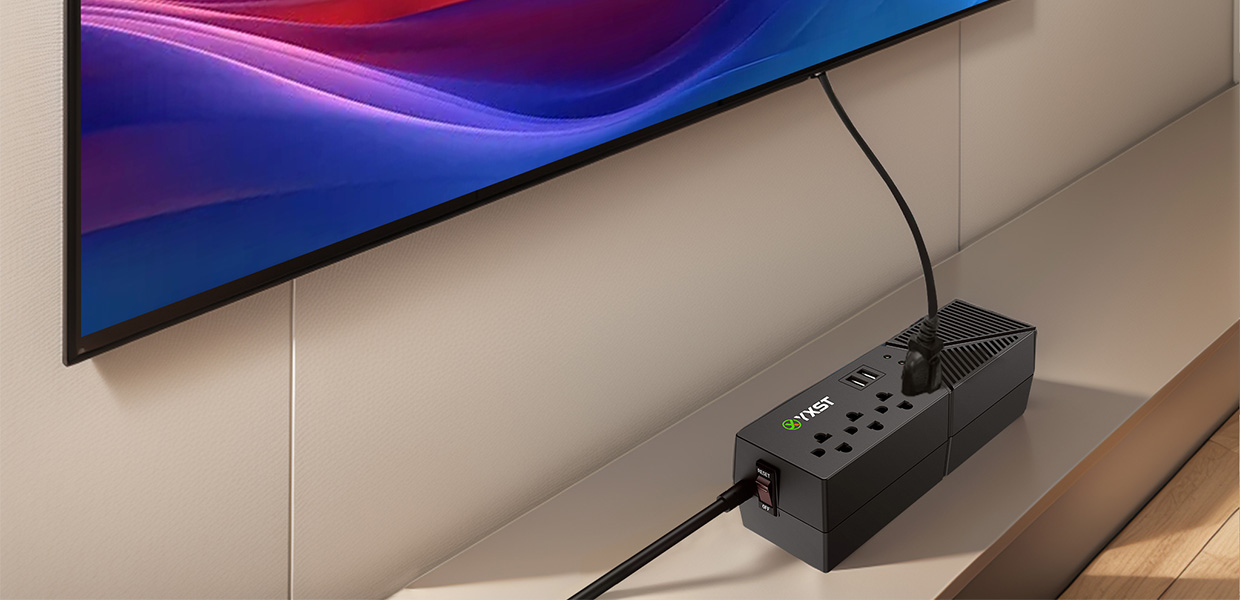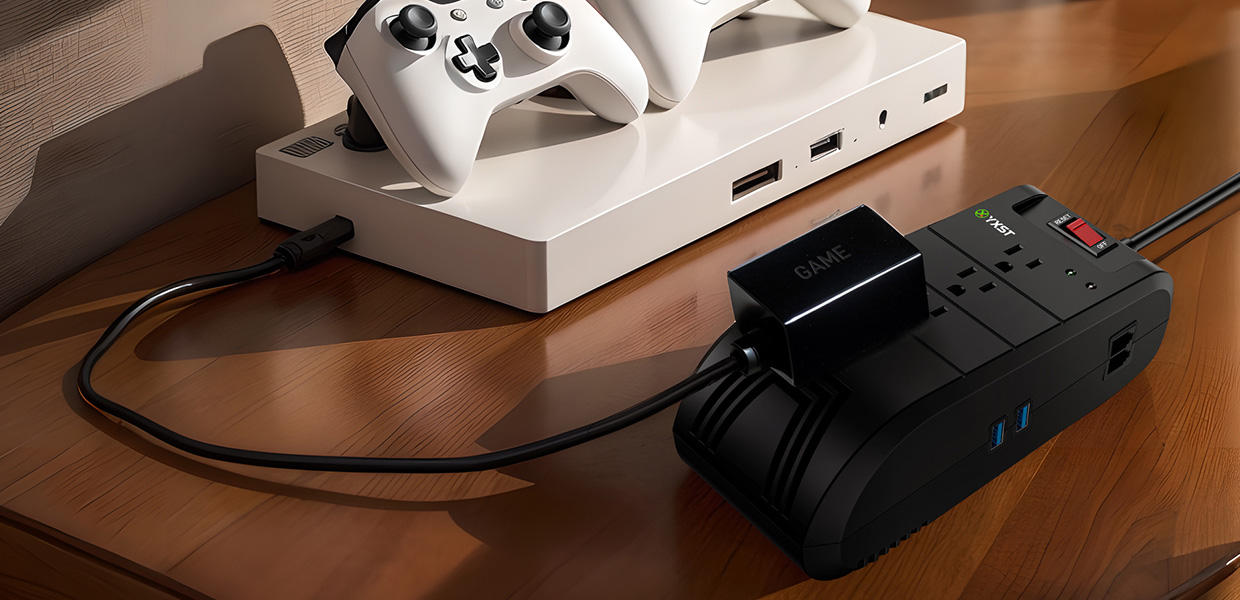Portable Voltage Regulator VS Heavy Duty Voltage Regulator
Date:2025-05-05 Click:772
1. Design and structure
- Portable voltage regulator
Simple structure: usually based on linear voltage regulation technology (such as a low-voltage dropout regulator), only a small number of peripheral components (such as capacitors) are required for it to work.
- Miniaturization: small size and lightweight, suitable for embedded circuit boards of portable devices (such as mobile phones, computers, and TVs).
- Heavy-duty voltage regulator
- Complex structure: mostly using compensation or switching technology, including high-power transformers, SCR (silicon-controlled rectifiers), and other components, some models require external inductors, filter capacitors, etc.
- High withstand voltage and high current: supports three-phase input, single-phase current can reach thousands of amperes (such as 3000A), suitable for high-power scenarios such as power grids and industrial equipment.- Cooling system: A heat sink or forced cooling device is required to cope with high power loss.
2. Power and efficiency
- Portable- Low to medium power: output current is usually less than 1A (such as 500mA), relying on battery power, and medium efficiency (linear regulators have low efficiency).
- Low quiescent power consumption: quiescent current is only a few microamperes (such as 5μA), extending battery life.
- Heavy-duty
- High power and high efficiency: support megawatt power (such as 2mVA), use switching technology (such as SCR) or compensated regulation, and the efficiency can reach more than 90%.
- High stability: high output accuracy (±1.5% to 4%), can withstand input voltage fluctuations of ±20%.
3. Application Scenarios
- Portable
- Consumer electronics: mobile phones, tablets, TVs, etc., require stable low-voltage power supply.
- Battery-driven devices: such as handheld terminals and sensors, rely on the low voltage difference characteristics of LDO to extend battery life.
- Heavy
- Industry and infrastructure: power grid substations, wind power generation, factory machinery (such as welding equipment, and CNC machine tools).
- High-reliability demand scenarios: medical imaging equipment, communication base stations.
4. Technology type
- Portable
- Linear regulator/LDO: uses transistors or MOS tubes to work in the linear region, with extremely low noise (no switching ripple).
- Single function: usually only supports step-down, cannot step-up or invert.
- Heavy
- Switching/compensated: voltage stability is achieved through pulse width modulation (PWM) or phase adjustment, supporting step-up and step-down, and multi-phase input.
- Multi-level protection: integrated overcurrent protection, thermal shutdown, lightning protection, and other mechanisms, adapt to harsh environments.
The application of portable voltage regulators in the home field has low power consumption, miniaturization and high stability as its core advantages, covering a variety of scenarios from smart homes to personal appliances.



